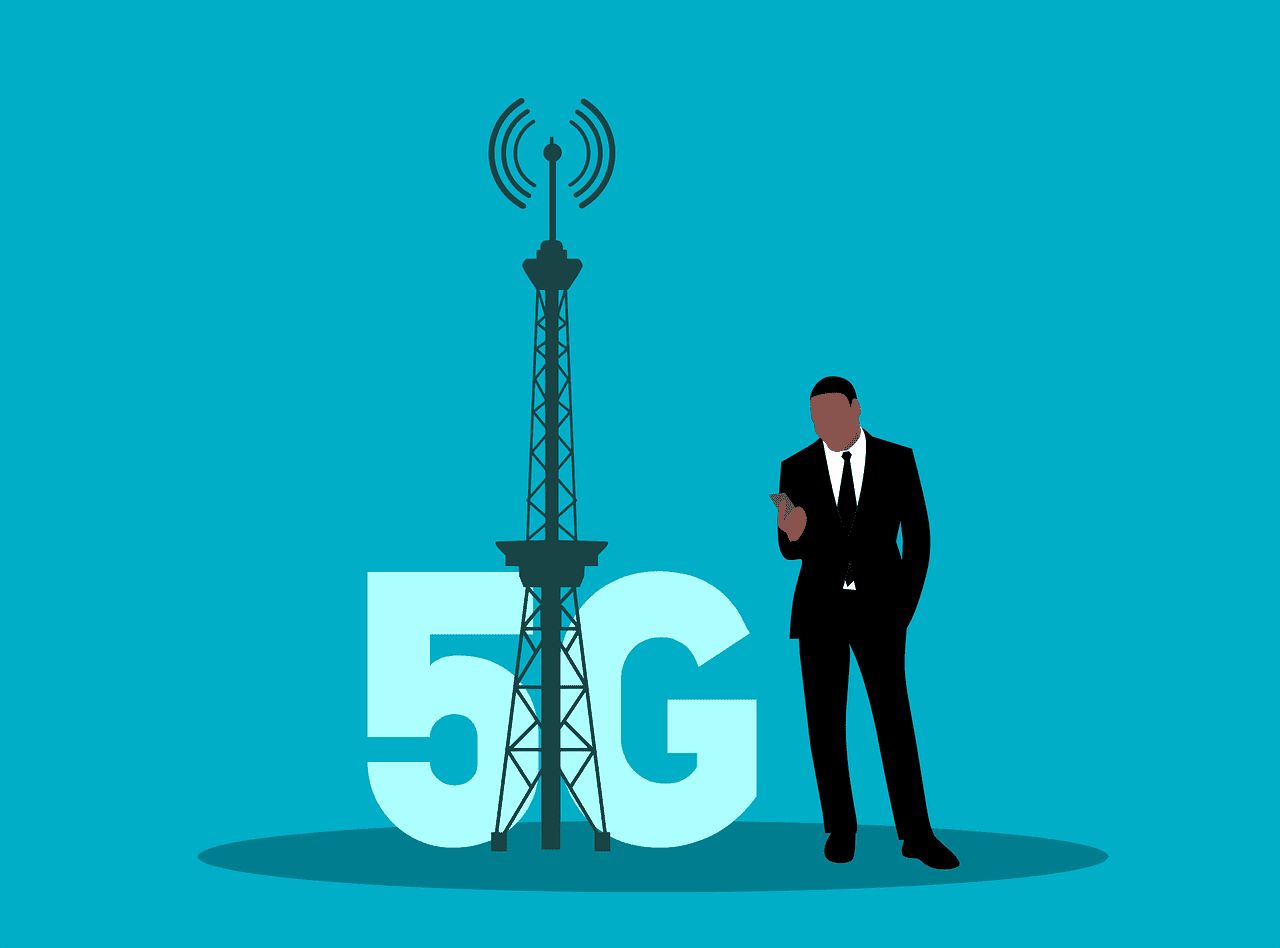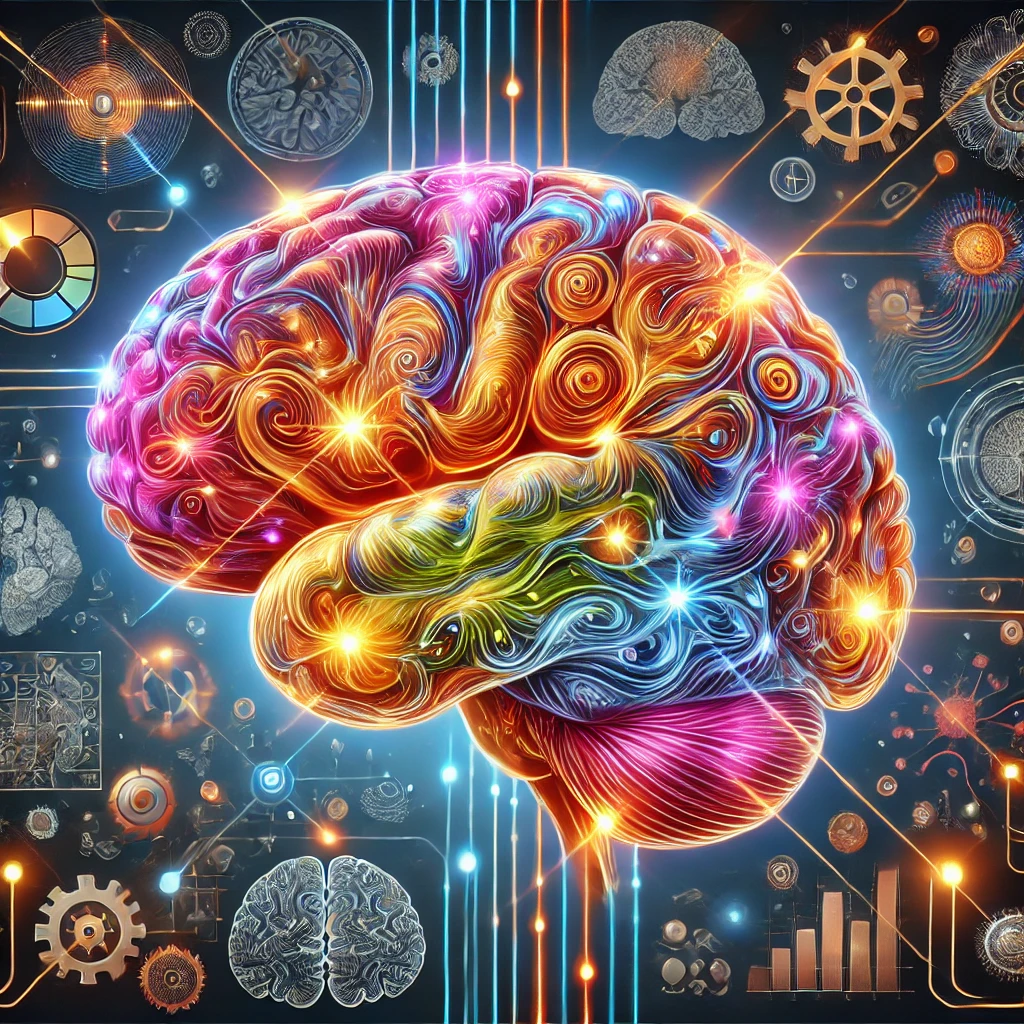4G vs. 5G: A Comparative Analysis
The leap from 4G to 5G technology represents a significant advancement in mobile communications, promising to transform the way we connect, interact, and utilize technology. Here’s a detailed comparison of 4G and 5G across various dimensions:
1. Speed and Capacity
- 4G:
- Speed: Theoretical maximum speeds of up to 1 Gbps, but typical real-world speeds range between 10-50 Mbps.
- Capacity: 4G networks can handle a substantial number of devices, but with the growing number of connected devices, it often struggles with congestion and slower speeds in densely populated areas.
- 5G:
- Speed: Theoretical maximum speeds of up to 10 Gbps, with real-world speeds expected to be around 100 Mbps to several Gbps.
- Capacity: Significantly higher capacity, capable of supporting up to one million devices per square kilometer, reducing congestion and maintaining performance even in crowded areas.
2. Latency
- 4G:
- Latency: Average latency of around 50 milliseconds, which is adequate for most applications like video streaming and web browsing but can be limiting for real-time applications.
- 5G:
- Latency: Drastically reduced latency, as low as 1 millisecond, which is critical for real-time applications such as autonomous vehicles, remote surgery, and high-speed gaming.
3. Reliability and Coverage
- 4G:
- Reliability: Generally reliable, but performance can degrade in highly congested areas.
- Coverage: Widely available globally, with extensive infrastructure already in place.
- 5G:
- Reliability: Enhanced reliability with minimal interruptions, especially important for mission-critical applications.
- Coverage: Initially limited as infrastructure is being rolled out, but coverage is expanding rapidly, starting with urban areas and eventually reaching rural locations.
4. Energy Efficiency
- 4G:
- Energy Efficiency: Less energy-efficient compared to 5G, which can lead to higher power consumption for devices and network equipment.
- 5G:
- Energy Efficiency: Designed to be more energy-efficient, reducing power consumption for both network infrastructure and user devices, contributing to longer battery life and lower operational costs.
5. Technology and Infrastructure
- 4G:
- Technology: Based on LTE (Long-Term Evolution) technology, primarily focused on improving mobile internet speeds and voice over IP services.
- Infrastructure: Mature infrastructure with established global standards, making it widely accessible.
- 5G:
- Technology: Utilizes advanced technologies like millimeter waves, massive MIMO (Multiple Input Multiple Output), and beamforming to enhance performance and capacity.
- Infrastructure: Requires new infrastructure, including small cells and advanced antennas, to support higher frequency bands and provide extensive coverage.
6. Applications and Use Cases
- 4G:
- Applications: Primarily used for mobile internet access, HD video streaming, social media, and online gaming. Also supports some IoT applications but is limited by capacity and latency.
- Use Cases: Suitable for general consumer use, mobile communications, and some smart city applications.
- 5G:
- Applications: Enables a wide range of advanced applications including augmented reality (AR), virtual reality (VR), autonomous vehicles, smart cities, industrial automation, and telemedicine.
- Use Cases: Ideal for high-demand applications requiring real-time data processing, ultra-reliable communication, and high-speed connectivity. Expected to drive innovation across multiple industries.
The 5G technology
The arrival of 5G technology marks a watershed moment in wireless communication. It’s not just an incremental upgrade from 4G; it’s a transformative force poised to revolutionize how we connect with the world around us. From the speed at which we access information to the way we interact with machines and entire cities, 5G promises a future brimming with possibilities. This blog delves into the core benefits of 5G technology and explores its potential applications that will impact various aspects of our daily lives.
Unveiling the Advantages of 5G
5G boasts several key advantages over its predecessor, 4G. Let’s dissect these benefits to understand their true significance:
- Ultra-Fast Speeds: Buckle up for a quantum leap in data transfer rates. 5G offers peak speeds potentially reaching 10 Gbps, compared to the limitations of 4G. Downloading high-definition movies or bulky files will become a matter of seconds, eliminating the frustration of waiting buffers.
- Low Latency: Latency refers to the time it takes for data to travel between two points. 5G networks significantly reduce this delay, enabling near-instantaneous communication. This is crucial for applications that demand real-time responsiveness, such as autonomous vehicles that rely on split-second decision-making for safe navigation or remote surgeries where precise control is paramount.
- Increased Capacity: Imagine a world where billions of devices can connect and communicate seamlessly. 5G makes this vision a reality. Compared to 4G, 5G networks can handle a much larger number of devices per unit area. This expanded capacity paves the way for the flourishing of the Internet of Things (IoT), where everyday objects become interconnected and generate vast amounts of data.
- Reliability Redefined: Gone are the days of dropped calls and unreliable connections in crowded areas. 5G networks are designed to be highly reliable, ensuring stable and consistent connections even in densely populated environments. This unwavering reliability is particularly beneficial for critical applications in healthcare and emergency services, where uninterrupted communication can be life-saving.
- Energy Efficiency: Sustainability takes center stage with 5G. This technology is designed to be more energy-efficient than 4G. This translates to extended battery life for mobile devices and a reduced environmental footprint from network operations, contributing to a greener future.
5G: A Catalyst for Transformation in Everyday Life
The impact of 5G extends far beyond faster downloads. Here’s a glimpse into how this technology will reshape various aspects of our lives:
- Smartphones and Mobile Devices: The most immediate beneficiaries will be smartphones and other mobile devices. Users will experience a paradigm shift in mobile internet usage, with lightning-fast browsing, seamless high-definition video streaming, and lag-free gaming becoming the norm.
- Autonomous Vehicles: 5G’s low latency and high reliability are the missing pieces in the puzzle of self-driving cars. These vehicles require real-time data exchange with other vehicles and surrounding infrastructure to navigate safely and efficiently. 5G provides the crucial foundation for autonomous vehicles to become a reality.
- Healthcare Revolution: 5G promises to revolutionize healthcare by driving advancements in telemedicine. High-quality video consultations with doctors from remote locations and real-time patient monitoring become readily available. Additionally, 5G facilitates groundbreaking applications like remote surgery, where surgeons operate on patients from a different location using robotic tools, offering new hope for individuals in geographically remote areas.
- Smart Cities Take Flight: 5G is the fuel that propels the concept of smart cities into the fast lane. Imagine traffic lights that intelligently adapt to optimize traffic flow, connected public services that enhance safety and efficiency, and environmental monitoring systems that provide real-time data for better decision-making. 5G empowers cities to become more sustainable, responsive, and ultimately, more livable.
- Industrial Automation on Steroids: The manufacturing sector is poised for a significant transformation with 5G. It enables the deployment of smart factories with interconnected machines and sensors that communicate seamlessly in real-time. This translates to increased production efficiency, predictive maintenance capabilities that prevent equipment failures, and reduced downtime, ultimately boosting profitability.
- Augmented and Virtual Reality Unleashed: 5G’s high bandwidth and low latency unlock the true potential of augmented reality (AR) and virtual reality (VR) applications. Imagine students immersing themselves in interactive learning experiences that bring history or science to life, or retail customers virtually trying on clothes before making a purchase. 5G opens doors to innovative applications that will transform education, entertainment, and various other industries.
- Home and Office Connectivity Reimagined: 5G has the potential to disrupt the traditional home broadband market. With its superior speed and reliability, it can offer a compelling alternative to existing internet connections. In offices, 5G fosters a seamless remote work environment, enabling high-quality video conferencing, smooth collaboration on cloud-based documents, and a more flexible work culture.
- Entertainment and Media Evolved: The entertainment industry is on the cusp of a revolution fueled by 5G. High-quality live streaming of concerts and sporting events will become commonplace, allowing audiences to experience events virtually in real-time. Additionally, 5G paves the way for immersive experiences using AR and VR technologies, blurring the lines between the physical and digital worlds. Imagine attending a concert virtually from the comfort of your home, feeling the energy of the crowd and interacting with fellow fans in a shared virtual space.
Conclusion: A Connected Future Beckons
5G technology stands at the precipice of a transformative era in connectivity. Its unparalleled speed, low latency, and increased capacity will reshape the way we interact with technology, with implications felt across all facets of society. From the convenience of enhanced mobile experiences to the life-saving potential in healthcare, 5G promises a future brimming with possibilities. However, it’s crucial to acknowledge the challenges that accompany such advancements. Ensuring equitable access to 5G infrastructure, addressing potential security vulnerabilities, and navigating the ethical considerations of a hyper-connected world are all aspects that require careful consideration. As 5G networks continue to expand globally, a collaborative effort is needed to harness its potential for good and build a future where technology empowers us to connect, innovate and thrive.



